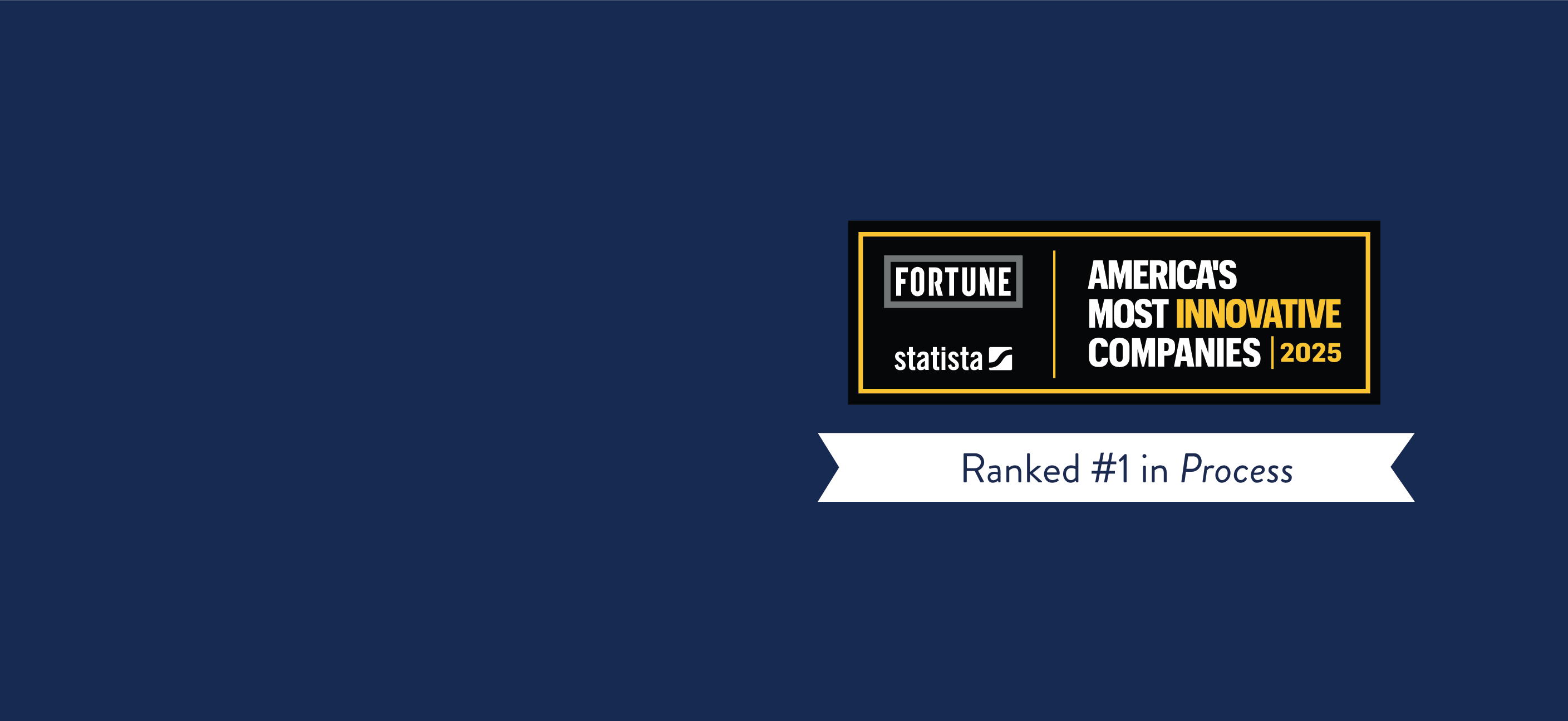In today’s fast-paced world, the heartbeat of any successful organization is its workforce.
But what keeps this heart beating strong? It’s simple — employee engagement.
A workplace where everyone is in sync with the company’s goals and excited to give their all — isn’t that the dream? But how do you make this dream a reality?
The key lies in unlocking strategies on how to improve employee engagement.
The importance of employee engagement cannot be overstated. Engaged employees drive productivity and foster a positive, innovative environment.
In this blog post, we’ll dive into the essence of employee engagement in the workplace. We’ll explore:
- Assessing current engagement levels to understand your starting point.
- The pivotal role of leadership in shaping and sustaining engagement.
- Strategies for creating a positive and inclusive work environment.
- Empowering employees through opportunities for growth and development.
Assessing Current Engagement Levels
To kick off your journey towards enhancing workplace fulfillment, it’s crucial to understand where you stand with employee engagement. A clear picture allows you to tailor strategies effectively.
Surveys and feedback mechanisms serve as compasses in this exploration. They unlock insights into the workforce’s pulse, revealing what makes your team effective. Through thoughtfully crafted questions, you can get honest employee feedback, laying the groundwork for meaningful engagement improvements.
Identifying key metrics is your next step. These indicators guide your path forward:
- Employee satisfaction scores: Reflects overall happiness at work.
- Turnover rates: Signals engagement and satisfaction levels.
- Employee Net Promoter Score (eNPS): Measures willingness to recommend the workplace.
- Absenteeism rates: Highlights engagement and well-being issues.
Engaged employees perform better, driving success across the board. This section paves the way for creating a more engaging and fulfilling workplace.
Leadership's Role in Employee Engagement
Leadership is key in elevating employee engagement. It sets a critical foundation for the organization’s culture, core values, and ethos.
Setting the tone from the top is crucial. Leaders who visibly prioritize and value employee engagement inevitably inspire their teams. This approach boosts employee engagement and ties directly to customer loyalty. Isn’t it true that a happy team leads to happy customers?
Building trust and transparency is another key element. Leaders who are open and honest with their teams foster a culture where feedback flows freely. This openness encourages a sense of belonging and significantly contributes to increasing employee engagement.
When employees feel valued and trusted, they’re more likely to go above and beyond, driving success for themselves and the organization.
Creating a Positive Work Environment
Creating a positive work environment is vital for an engaged workforce. It acts as a catalyst for improving employee engagement and reducing employee turnover.
Promoting work-life balance is essential. When employees feel their personal time is valued, their satisfaction and productivity soar. Simple adjustments in scheduling, remote work options, and respecting off-hours contribute to a healthier balance.
A positive work environment also fosters inclusivity and diversity, bringing unique perspectives and ideas, enriching workplace culture. An environment where everyone feels welcomed and valued fuels innovation and teamwork. By embracing differences, you pave the way for a more engaged and cohesive team, underlining the importance of diversity in driving organizational success.
READ MORE: Boosting Healthcare Productivity with Smart Payments and Recognition
Providing Opportunities for Growth
Offering opportunities for growth is crucial in maintaining a vibrant and productive workforce. It signals to your employees that their careers have a promising path forward.
Introducing career development programs is a direct way to bolster employee engagement. These programs encourage employees to aim higher but also show the organization’s investment in their future.
For skills enhancement initiatives, consider incorporating:
- Mentorship programs: Pairing employees with experienced mentors.
- Professional workshops: Covering both industry-specific skills and soft skills.
- Online learning subscriptions: Providing access to courses for continuous learning.
- Job rotation opportunities: Allowing employees to experience different roles within the company.
Fostering a continuous learning culture is essential for maintaining a great company culture and boosting employee motivation. However, ensure this commitment to development aligns closely with your organization’s mission, driving growth and innovation.
Workshops tailored to meet the evolving needs of the workforce breed motivated employees who feel valued and aligned with the organization’s goals. Such initiatives are key to nurturing talent and reinforcing the company’s commitment to excellence and continuous improvement.
Effective Communication Strategies
Effective communication is the backbone of a thriving workplace. It helps to build strong employee engagement and a sense of community. Effective communication strategies include:
Open Door Policy
By promoting a culture where employees are encouraged to directly share their thoughts and concerns with management, this policy fosters an environment of openness and trust. It’s a proactive step towards making everyone feel valued and heard, significantly contributing to a positive workplace atmosphere.
Regular Feedback Channels
Implementing structured channels for regular feedback through team meetings and the company intranet not only acknowledges employees’ contributions but also addresses any concerns. This continuous loop of communication is key to recognizing achievements and enhancing overall employee engagement.
Enhanced Organizational Performance
Incorporating digital tools for communication only unites departments and opens avenues for recognizing employee achievements.
Leveraging innovative platforms like Dash Solutions’ Engagement Programs will enable companies to seamlessly integrate recognition into their communication platforms. This strategy ensures achievements are acknowledged across the organization, enhancing engagement and reinforcing a culture of appreciation and connectivity.
By celebrating successes in a visible, digital space, employees feel more valued and motivated, fostering a stronger, more unified organizational culture.
Digital Communication Tools
Implementing structured channels for regular feedback through team meetings and the company intranet not only acknowledges employees’ contributions but also addresses any concerns. This continuous loop of communication is key to recognizing achievements and enhancing overall employee engagement.
Cross-Departmental Meetings
Bringing together teams from different departments can significantly enhance organizational coherence and employee engagement. These meetings help break down silos, facilitating better understanding and collaboration across the company. Integrating this with your communication strategy can significantly improve employee engagement by fostering a united work culture.
Recognition and Rewards System
Recognition and reward systems are central to elevating the employee experience. They directly impact engagement, motivation,retention. Employee recognition programs are a fantastic way to acknowledge achievements and foster a culture of appreciation.
Celebrating milestones, both big and small, motivates and engages employees, showing them that their efforts are valued.
Incentives and benefits, especially monetary rewards, are powerful tools to further engage employees. Offering financial incentives not only boosts morale but also contributes to higher employee retention. Integrating solutions like dashReward into your rewards system can revolutionize how you provide these monetary rewards.
dashRewards offers a seamless and efficient way to manage and distribute financial rewards. This guarantees employees feel valued and appreciated promptly and effectively. This modern approach to incentivization and recognition aligns with the needs of today’s workforce, enhancing the overall employee experience with innovative financial solutions.
Building a Strong Company Culture
Building a strong company culture is pivotal for enhancing employee engagement.
Defining the organization’s core values lays the groundwork. It establishes a shared sense of purpose and direction. These values act as a compass, guiding behaviors and decision-making.
To encourage team collaboration:
- Foster open communication: Create channels for open dialogue, ensuring ideas and feedback are freely exchanged.
- Promote cross-functional projects: Encourage teams from different areas to work together on projects, increasing understanding and cooperation.
- Organize team-building events: Regular events can strengthen relationships and improve teamwork.
- Recognize collaborative efforts: Acknowledge and reward teams that demonstrate exceptional collaboration.
Incorporating these strategies into your employee engagement plans can significantly increase employee engagement, making the concept of an engaged employee a standard within your organization. With a centralized recognition solution, you can also use it to relay your core values, aligning both remote and in-person employees under a singular set of values.
Empowering Employees to Improve Engagement
Empowering employees is a cornerstone in strategies to boost employee engagement. By providing the tools and trust they need, you unlock their potential to contribute more meaningfully to the company’s goals. You can do this via the following employee engagement strategies:
Delegating Authority
This gives employees a chance to lead projects and make decisions, reinforcing their value to the team and aligning with company values.
Encouraging Ownership
When employees feel responsible for their work, engagement levels soar. Encourage managers to foster this sense of ownership through autonomy and recognition.
Creating a Feedback Culture
Establish a two-way feedback system where employees can share ideas and receive constructive feedback.
Enhancing Work Processes
Enhancing work processes is key to maintaining an environment where engaged employees thrive. Efficient workflows not only improve productivity but also contribute to the physical and mental health of the team.
How do you achieve these enhancements?
- Streamlining Workflow: Identify and eliminate unnecessary steps to make processes more efficient.
- Removing Barriers to Productivity: Address obstacles that hinder work, from outdated technology to unclear guidelines.
- Implementing Time Management Tools: Use technology to help employees organize and prioritize their tasks.
- Promoting Health and Well-being: Encourage practices that support physical and mental health, like regular breaks and stress management programs.
- Rewarding Meaningful Behaviors: Incentivize actions that align with your organization’s core values to reinforce positive contributions.
READ MORE: Employee Engagement Strategies in the Modern Workplace
Embracing Technology for Employee Engagement
Embracing technology is a game-changer in driving employee engagement. Adopting the right tools can transform how teams communicate and collaborate.
Utilizing collaboration tools like Slack and Microsoft Teams helps to break down barriers. They enable teams to work together seamlessly.
These platforms facilitate communication, making it easier to share ideas and feedback. For example, employees can share direct reports among remotely working peers. With sophisticated employee recognition solutions like Dash, appreciate and recognize in your existing workflows like Microsoft Teams.
Additionally, leveraging specifically designed for employee engagement can impact your team’s motivation. These tools offer a variety of functions, from recognition to rewards, helping identify and address areas where employees may be actively disengaged.
Dash Solutions’ Employee Engagement Programs provide a customizable and comprehensive solution to enhance engagement efforts. It offers a streamlined approach to recognize and reward employees, aligning with your company’s values and engagement goals.
Supporting Well-being Initiatives
Supporting employee well-being is a cornerstone of fostering a positive workplace environment. Prioritizing mental health and wellness activities demonstrates a commitment to the holistic success of each team member.
Introducing mental health support programs as an ongoing initiative can significantly motivate employees. Offering resources like counseling services or mental health days helps address stress, burnout, and other challenges thereby enhancing workplace engagement.
Implementing wellness activities, such as fitness challenges, meditation sessions, or health workshops, contributes to a healthier work-life balance. These efforts show a company’s investment in the well-being of its employees, further boosting morale and engagement.
Measuring and Monitoring Engagment
Measuring and monitoring engagement is essential for understanding how well employee engagement strategies are working. Regular assessment helps identify areas for improvement.
Using key performance indicators (KPIs) identified earlier, such as employee satisfaction scores and turnover rates, helps measure employee engagement effectively. These metrics offer concrete data on the impact of engagement initiatives.
Beyond tracking, analyzing trends and patterns in employee engagement surveys provides deeper insights. This analysis can reveal underlying issues or highlight successful strategies, guiding future efforts to enhance engagement.
Addressing Employee Feedback
Addressing employee feedback is fundamental to fostering a positive and productive workplace. It shows that the organization values its employees’ opinions and is committed to continuous improvement.
Taking actionable steps based on feedback is critical. This means not just listening but also implementing changes that address the concerns raised by employees.
It’s about turning feedback from new employees, actively disengaged employees, and all others into meaningful employee development opportunities. By doing so, organizations can improve employee satisfaction, demonstrating a commitment to their workforce’s growth and well-being. This approach ensures that feedback leads to positive changes, benefiting both the employees and the organization as a whole.
Key Strategies to Increase Employee Engagement
So far, we’ve explored the starting point of improving employee engagement which involves assessing current engagement levels in the workplace. This helps to understand what direction to steer your employee engagement initiatives.
From leadership’s influence and creating a positive workspace to embracing technology and valuing feedback, each strategy plays a crucial role.
Engaging employees isn’t just a task—it’s an ongoing commitment to growth, satisfaction, and inclusivity. A genuinely engaged workforce is the engine behind every successful organization.
With the strategies discussed, you can foster an environment where every employee thrives.
Ready to transform your workplace and skyrocket employee engagement?
Dash Solutions has the tools and insights you need to make it happen. Don’t let another day pass without tapping into the full potential of your team.
Contact us to explore how we can support your goals for higher-quality services and long-term growth.



